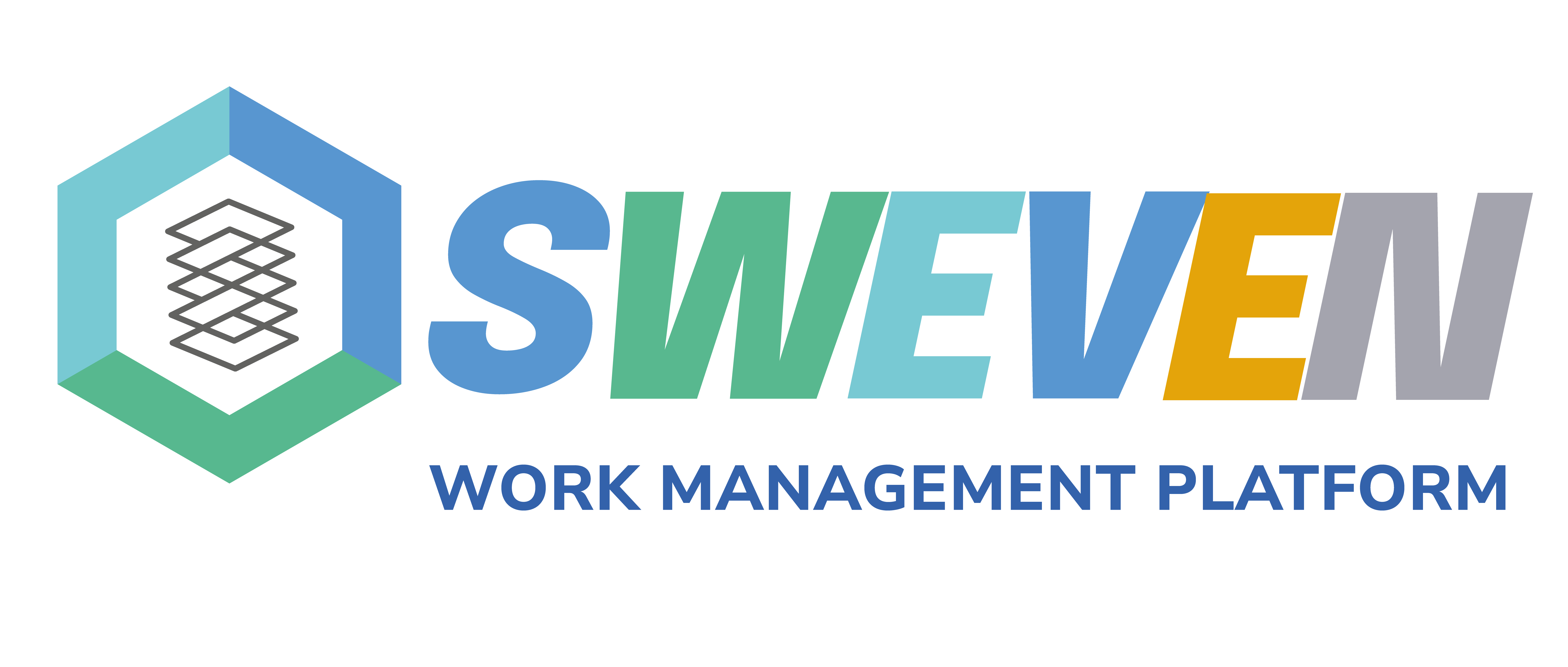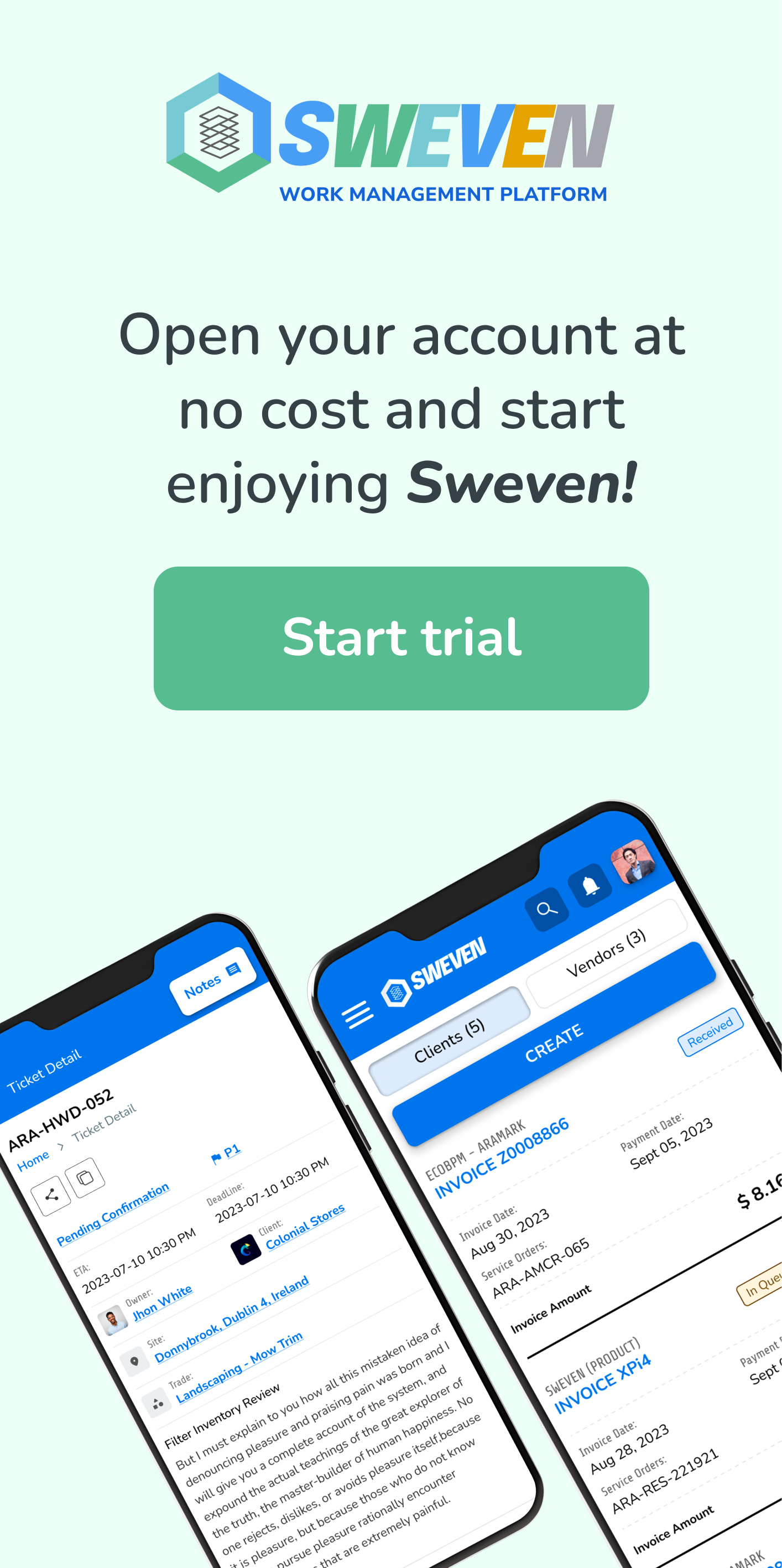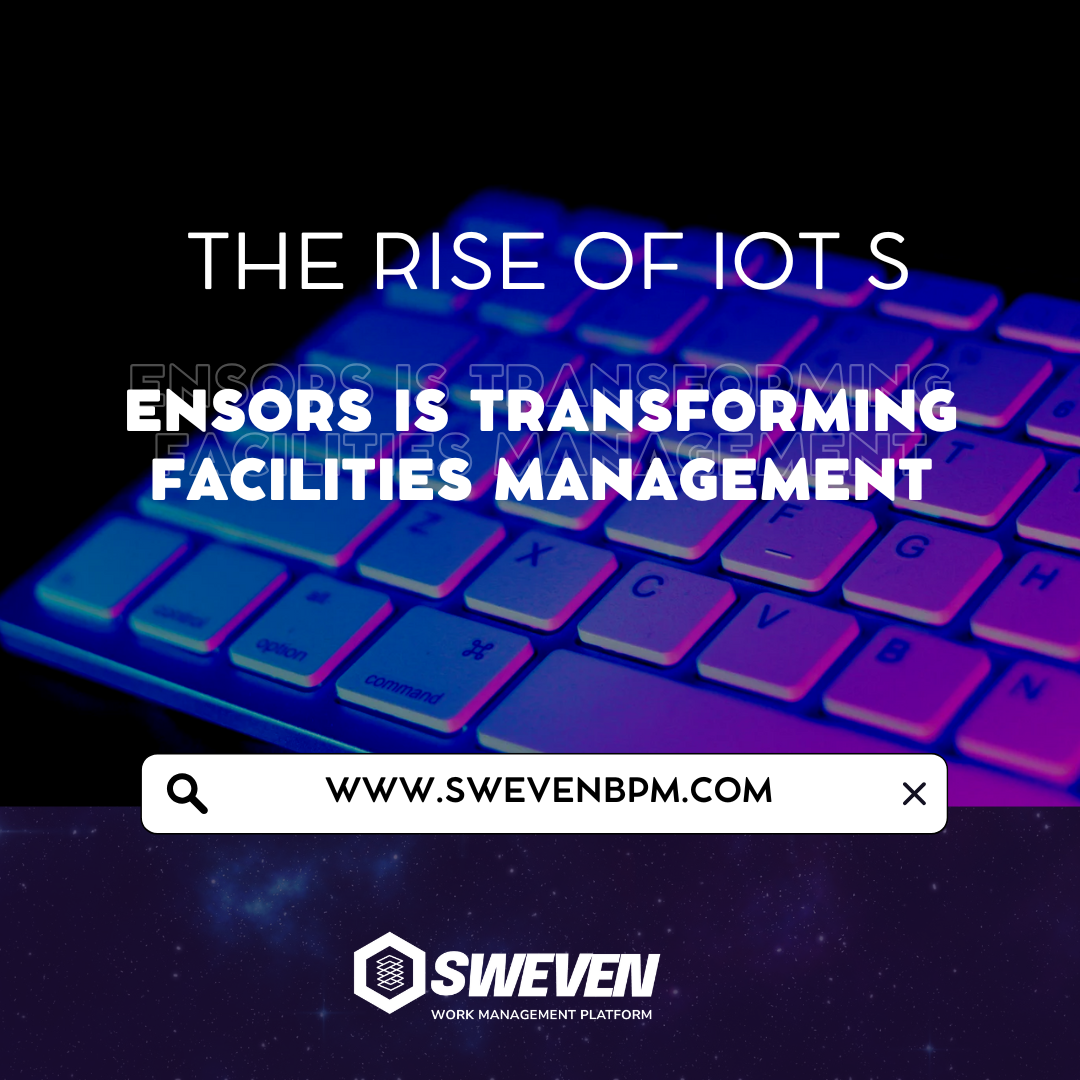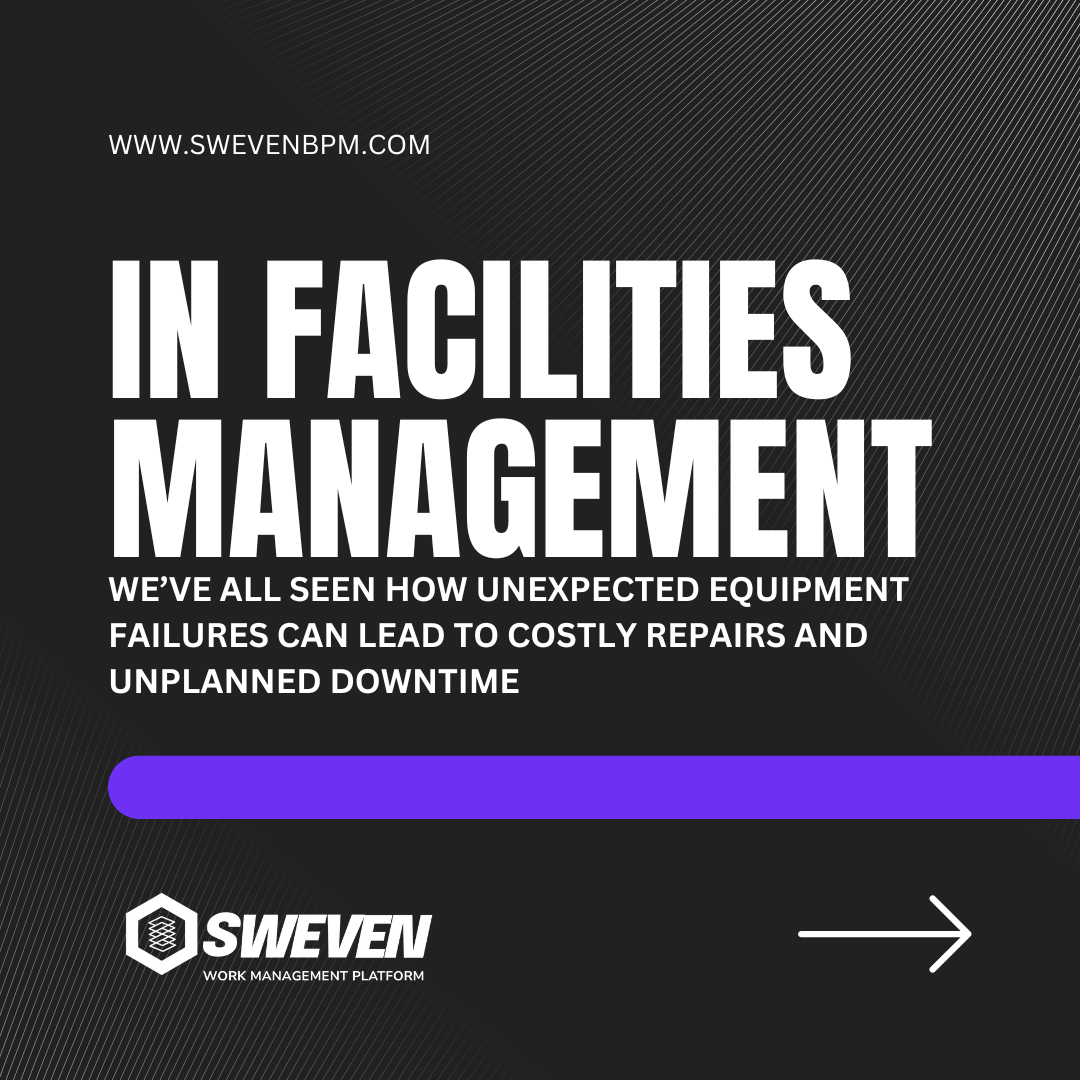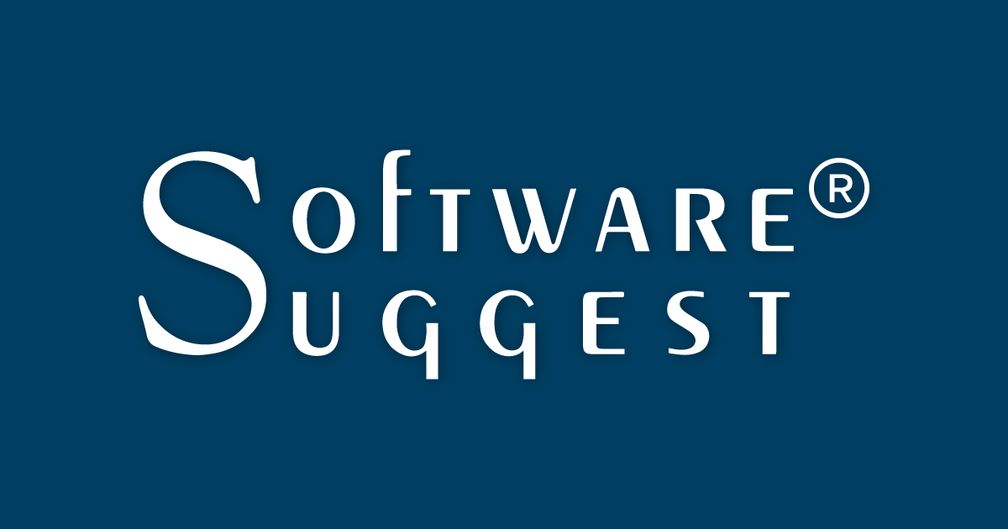In the facilities maintenance industry, one of the most pressing challenges is the shortage of skilled maintenance technicians. Coupled with high turnover rates, this shortage poses significant operational risks and can lead to increased costs, downtime, and compromised service quality. As the demand for well-maintained facilities continues to grow, addressing these workforce issues is paramount. Fortunately, investing in training programs, apprenticeship opportunities, and competitive compensation packages offers a viable path forward.

Understanding the Pain Point: Shortage of Skilled Maintenance Technicians
The shortage of skilled maintenance technicians is a multifaceted issue. The aging workforce, with many experienced technicians nearing retirement, exacerbates the problem. Additionally, the lack of new entrants into the field due to misconceptions about the nature of maintenance work and the allure of other career paths further shrinks the talent pool. High turnover rates also compound the issue, making it difficult for companies to maintain a stable and experienced workforce.

Solution 1: Investing in Training Programs
One of the most effective ways to address the skill shortage is by investing in robust training programs. These programs should be designed to equip both new and existing employees with the necessary technical skills and knowledge. By providing comprehensive training, companies can ensure that their technicians are well-versed in the latest maintenance practices and technologies.
Training programs should cover a broad range of topics, including:
- Technical Skills: Hands-on training in electrical, HVAC, plumbing, and mechanical systems.
- Safety Protocols: Ensuring technicians are aware of and adhere to safety regulations.
- Problem-Solving Skills: Teaching technicians how to diagnose and troubleshoot complex issues.
- Soft Skills: Communication, teamwork, and customer service skills.
Partnerships with technical schools and community colleges can also enhance training efforts, offering access to specialized courses and certifications.
Solution 2: Apprenticeship Opportunities
Apprenticeship programs provide a practical solution for bridging the skills gap. These programs combine on-the-job training with classroom instruction, allowing apprentices to earn while they learn. Apprenticeships offer a structured pathway for individuals to gain the experience and credentials needed to become skilled maintenance technicians.
Key benefits of apprenticeship programs include:
- Real-World Experience: Apprentices gain hands-on experience working alongside seasoned professionals.
- Career Advancement: Upon completion, apprentices are often well-positioned for higher-paying, more advanced roles.
- Retention: Apprenticeship programs often lead to long-term employment, reducing turnover rates.
Employers can collaborate with industry associations and government bodies to develop and implement effective apprenticeship programs. Providing clear career progression paths within these programs can further motivate participants to remain in the field.
Solution 3: Competitive Compensation Packages
Attracting and retaining skilled maintenance technicians also hinges on offering competitive compensation packages. To compete with other industries and reduce turnover, facilities maintenance companies must ensure their pay scales are commensurate with the skills and responsibilities of the job.
A comprehensive compensation package should include:
- Competitive Salaries: Regularly benchmark salaries against industry standards to ensure they remain attractive.
- Benefits: Health insurance, retirement plans, paid time off, and other benefits that support employee well-being.
- Incentives: Performance-based bonuses, profit-sharing, and other incentives that reward excellence and commitment.
Career Development: Opportunities for ongoing training and career advancement, demonstrating a long-term investment in employees’ futures.

